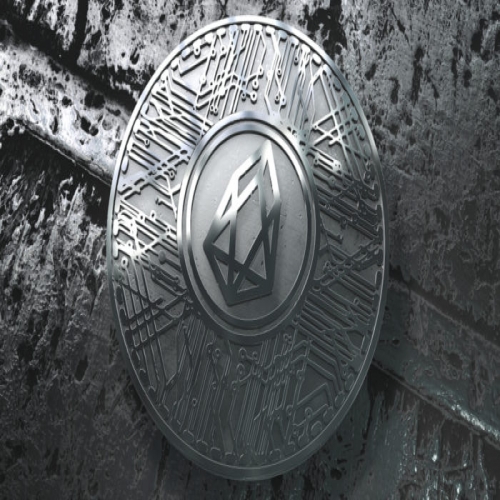Strengths
- EOS has a huge war chest to fund dApps to build on the network. It was announced that EOS VC has $1 billion, although the number should be lower now that EOS price has dropped substantially.
- Unlike most of the other popular blockchain platforms, users do not need to pay transaction fees on EOS. This is good in terms of user experience.
- EOS uses the WASM virtual machine, which supports different popular programming languages like C, C++, and Rust. This makes it easier for developers to build on the platform.
- The DPoS consensus mechanism used by EOS enables a high transaction throughput, meaning users can see their transaction confirmed almost instantly. It is significantly quicker than most decentralized proof-of-work blockchains and allows for scalable use of dApps.
- EOS has flexibility in the sense that one bug in a dApp will not render it useless or impact the health of the network. The 21 block validators can freeze the application and allow developers to fix any issues before it goes live again.
- Developers must stake EOS tokens to pay for storage, bandwidth, and computational costs associated with smart contracts/dApps, and receive the tokens back if they take the dApp down.
- This model ensures developers have a vested interest in their work and the whole ecosystem but does not require non-refundable deployment payments like other platforms. This model could convince developers to build on the EOS blockchain.
Weaknesses
- With transactions being free, users can easily spam the network without much cost.
- It is not easy to create an EOS account to use the token and it requires a fee. This creates friction in user adoption.
- The number of Block Producers for EOS is relatively low at 21. This leads to a considerable amount of centralization, with each block producer holding a significant amount of influence over the network. EOS cannot compare to the level of decentralization associated with other blockchains like Bitcoin or Ethereum.
- The governance of EOS heavily relies on voting but the participation rate among token holders is low, which may lead to ineffective governance.
- Even the vote for launching the EOS mainnet took a week before reaching the 15% threshold. The threshold was reached only when exchanges voted on behalf of customers’ EOS deposits on exchange.
- The Huobi voting collusion scandal highlights the weakness of a DPOS system. A lot of thoughts need to put in the selection of supernodes and incentive mechanism.
- The rewards for being a super node is substantial. With EOS at $2, the top block producers earn over $500,000 per year with minimal operating expenses. This incentivizes Block Producers to use various tactics to maintain their status.
- Dan Larimer has a tendency to leave current projects and move onto the next one. Steemit, one of Dan’s previous projects, recently announced that it would lay off 70% of its staff.
- Although Dan said that he is not leaving EOS, he is indeed thinking about a new blockchain focusing on currency. The market is concerned because of his previous history of leaving unfinished projects.
- Block.one claims the EOS network is flexible in the sense that faulty dApps can be frozen while the bugs are fixed. However, this same power allows for the Block Producers to reverse transactions that have been previously confirmed. One of the biggest features of blockchain technology is immutability, which is not present in the EOS network.
- Quoting article XVII of the EOS Constitution: “After 3 years of inactivity an account may be put up for auction and the proceeds distributed to all Members by removing EXAMPLE from circulation.” Essentially any holder of EOS who has not made a transaction within 3 years can have their tokens taken away. This signals more centralization and sets a dangerous precedent.
- The defining feature of success for smart contract platforms like EOS is building a strong developer community. In this respect, EOS is significantly behind Ethereum and other platforms and will have to recruit and retain blockchain developer talent to catch up to or surpass Ethereum.

